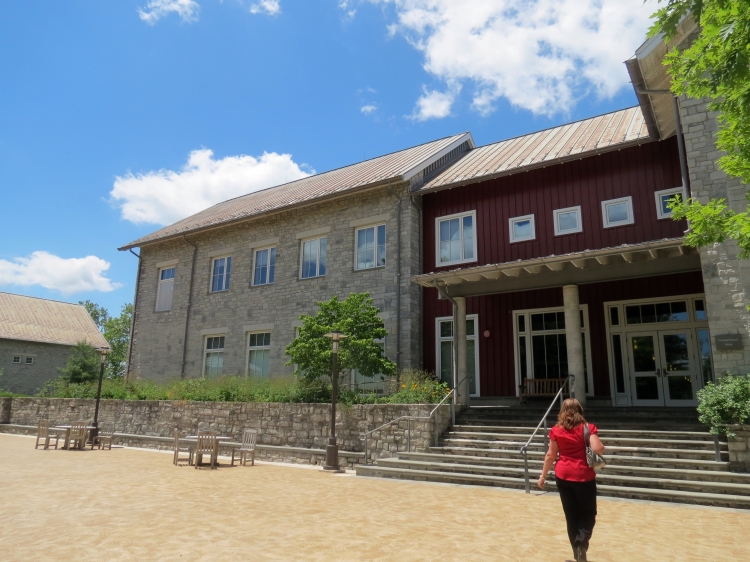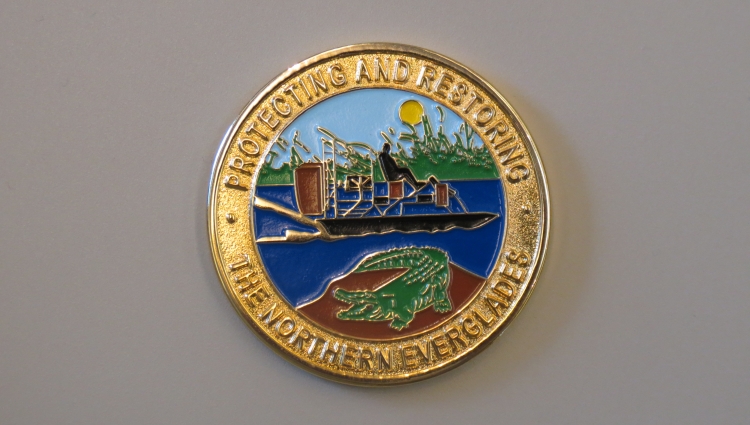 LEGO launches a lady scientist. (via Emily Nicholson)
LEGO launches a lady scientist. (via Emily Nicholson)
All the EDG video competition entries are now posted on the NERP website.
Jenny Martin shares a lab tradition that has boosted positivity and collegiality.
And speaking of baking, this is how QAEco caters morning tea.
Aussie alpine herps from the photo album of QAEcologist Geoff Heard.
QAEcologist Cassia Read shows us an alternative view of the mallee, and it’s beautiful. And there’s even a book for learning more.
Here are the rookie writing mistakes that Tanya Golash-Boza has spotted while reviewing twenty academic manuscripts this year.
QAEcologist Rosanna van Hespen introduces us to her malleefowl Masters project.
Georgia Garrard and a couple of QAEco coauthors explore the influence of imperfect detection on environmental impact assessments for threatened species.
How Bayesian prediction and search theory could help find the missing MH370 flight (including quotes from QAEcologist Mick McCarthy).
QAEcologist Liz Martin describes a shit sandwich that we might actually enjoy.
Not every cook is a David Chang, not every writer is a Jane Austen, and not every computational thinker is a Guido van Rossum, the inventor of the influential Python programming language. But just as knowing how to scramble an egg or write an email makes life easier, so too will a grasp of computational thinking.
– Tasneem Raja on Mother Jones. (via The Toast)
What the adjunct teaching bubble means for teachers and students. (via The Toast)
The 2014 International Statistical Ecology Conference begins tomorrow! Here’s a run-down of QAEcologists speaking there.







